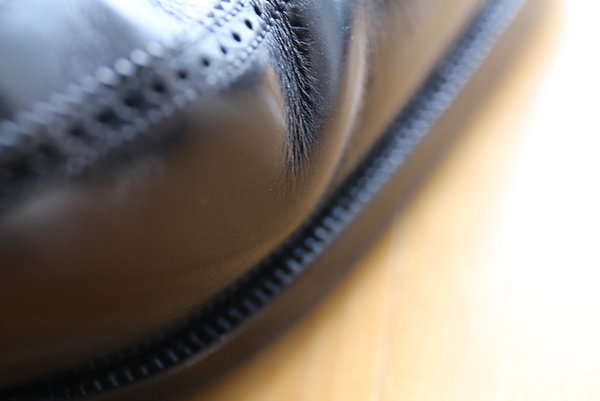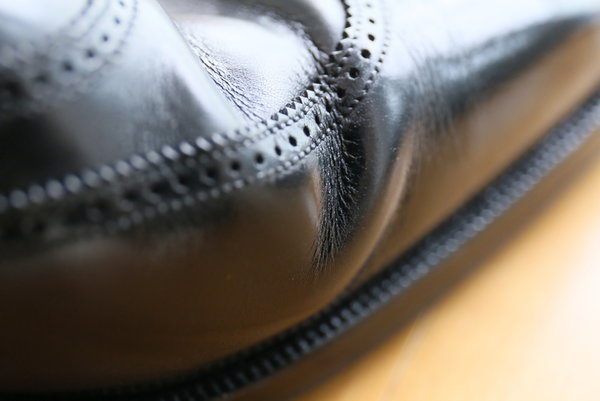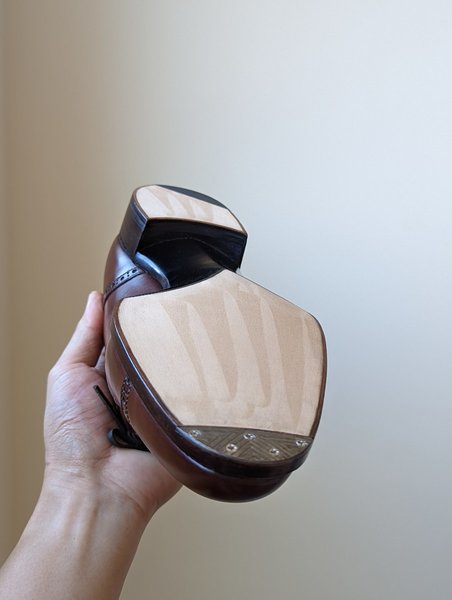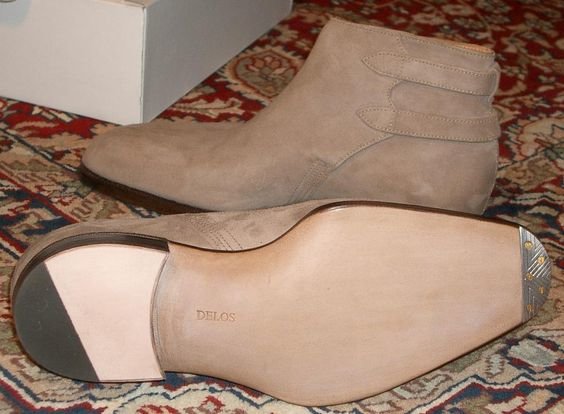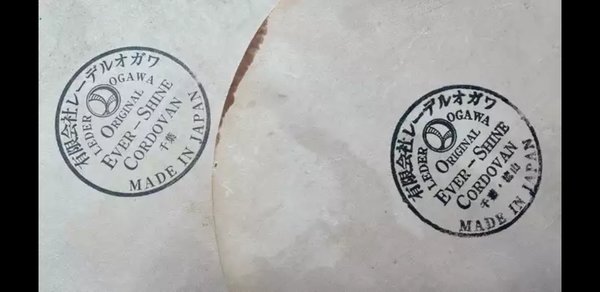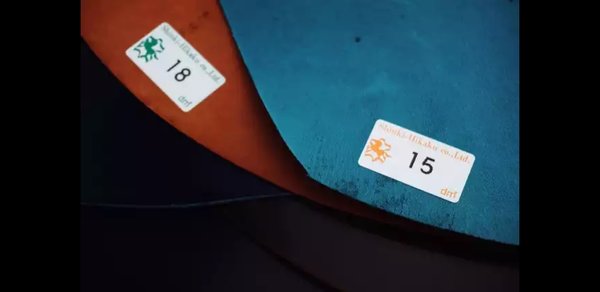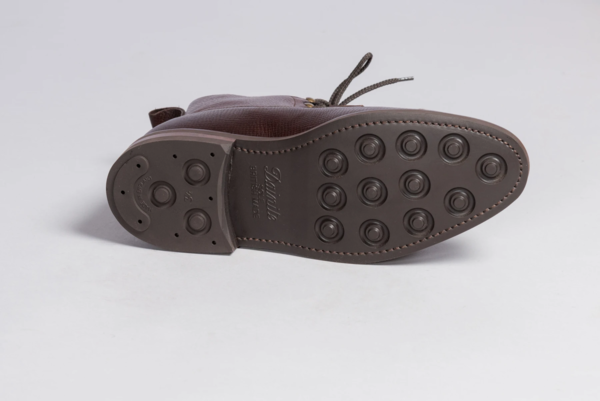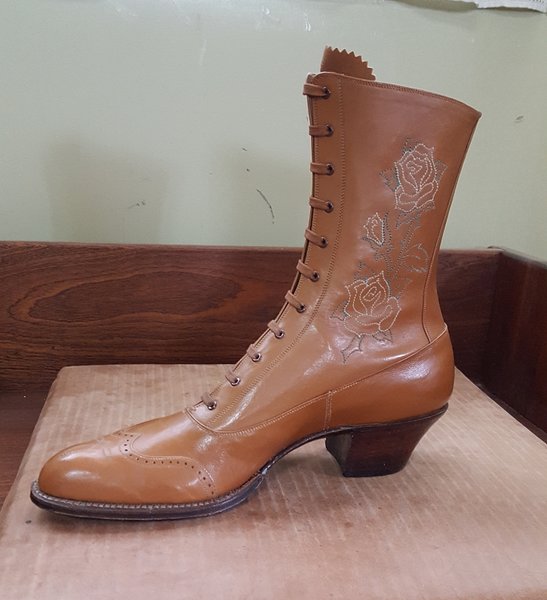JermynStreet
Senior Member
- Joined
- Oct 25, 2012
- Messages
- 575
- Reaction score
- 102
On the topic of pegs, I noticed that shoemaker Antonio Meccariello is particularly disdainful of pegs, especially in the waist (See https://www.instagram.com/p/6aaFjOxA3q/?taken-by=a.meccariello&hl=en) . I know DWF prefers using pegs. What are the arguments for and against use of pegs?


